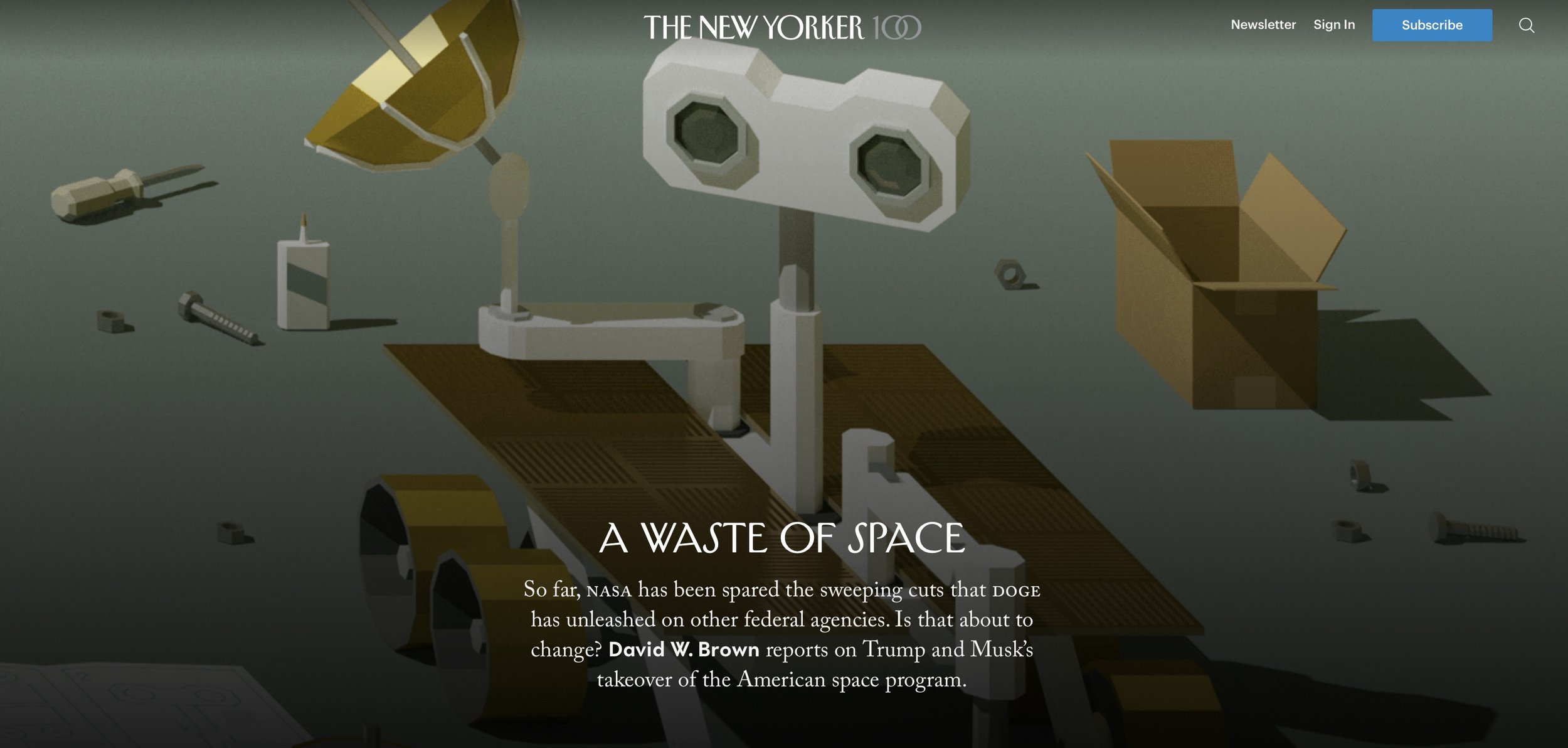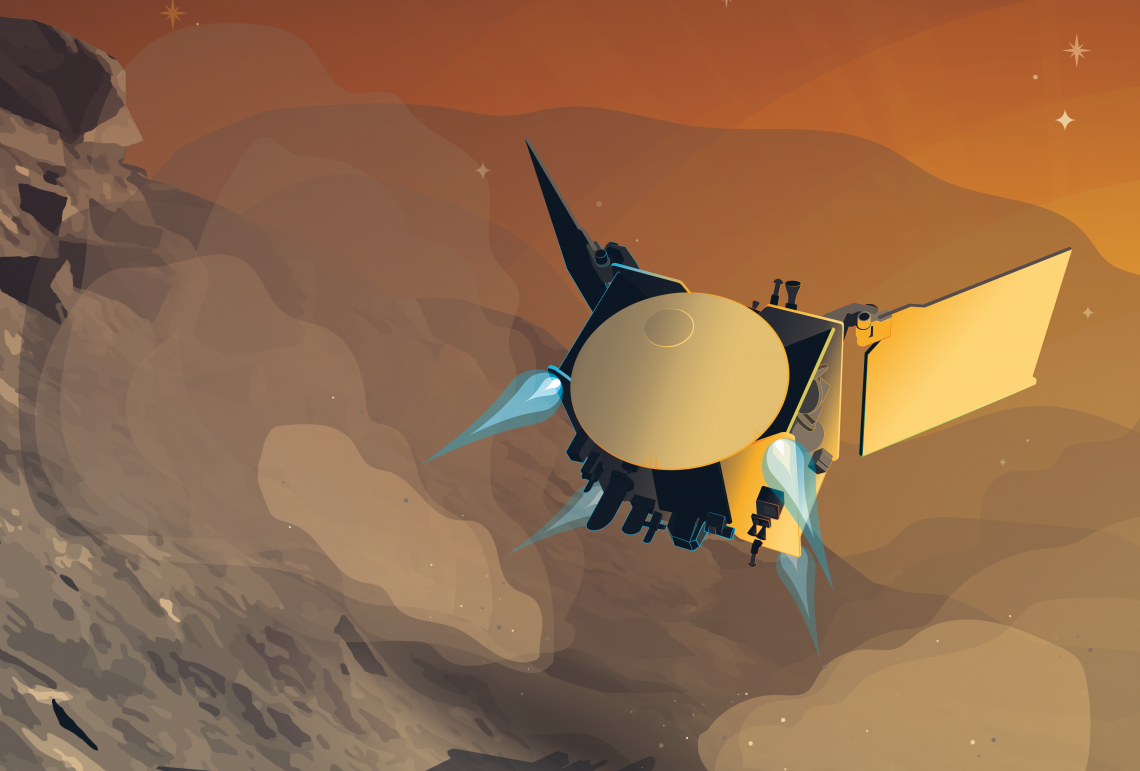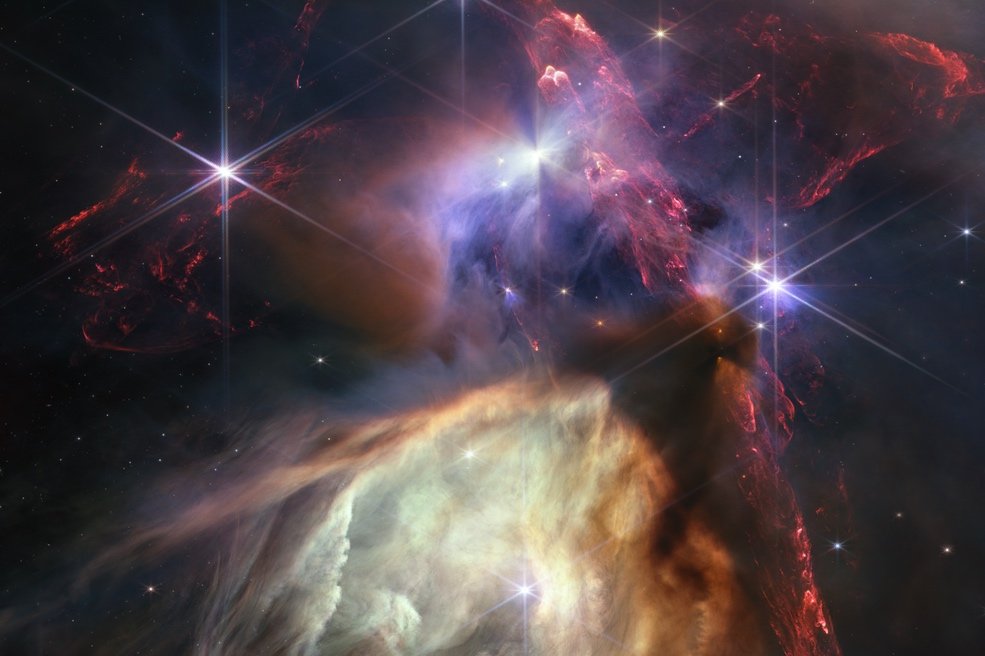How to Save a Dog
For the New Yorker, I share a personal story about a little white dog, unwanted and set for euthanasia, his escape, and the nine surreal months an unlikely team spent trying to rescue him. Here is a snippet, from early in the piece:
Late one night, weeks later, while depressed and doomscrolling in bed, I came across a string of recent Scrim sightings at intersections near my house. “If you are in the area, please text with location, direction headed and a picture if you can get one,” Michelle wrote. I don’t know why I went out that night. I’m not even a dog person. But it was that or reflect on every mistake I’d ever made.
Two minutes later, two blocks from home, I saw him—a seventeen-pound mutt sniffing around someone’s garden. I kept my distance and messaged Michelle. Immediately, she called me. “The rescue van is just around the corner,” she said. “Keep an eye on him.” The street was poorly lit, with gnarled tree roots that animals could hide behind; passing cars created their own roving shadows. Scrim vanished.
Read the rest here.
Update: Longreads chose the story as an Editor’s Pick! And a “Top 5” read of the week! “I mean it when I say that I needed this piece. The world is a raging dumpster fire, but for a few thousand words, Brown dims the flames.” I’m overcome. Thank you!
Update 2: Some local coverage of the story in the Times-Picayune!
Image credit: The front page of The New Yorker!











